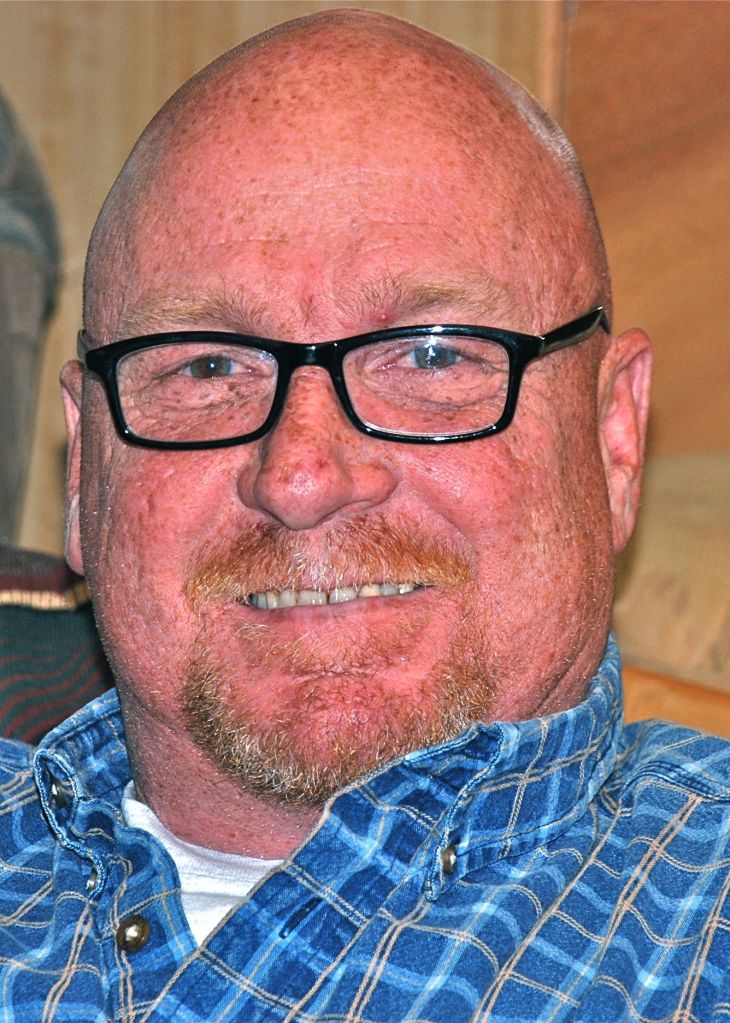Helping Hands forced to reduce its homeless clientele
Published 6:59 am Friday, September 5, 2014

- ALAN EVANS
A complaint from a former tenant and a review of Seaside’s building code forced Helping Hands to reduce the number of homeless people it usually accepts in its emergency shelter from 40 per night to 10.
But the news may become a blessing for Helping Hands.
Although the numbers are reduced by 75 percent, those who do stay at the shelter may receive better resources and more attentive service, said Alan Evans, co-founder and executive director of Helping Hands.
The change came in mid-August, when a former patron of the shelter complained to Clatsop County’s Public Health Department that the facility was overcrowded and had bed bugs.
Evans immediately met with Bob Mitchell, Seaside’s building official, and Kevin Cupples, the city’s planning director. Mitchell and Cupples noted that the property where the shelter resides is zoned commercial, not residential, and didn’t comply with Seaside’s building code.
“We’d really found the right reason to do the wrong thing,” Evans said.
Since nobody wanted to see the shelter shut down, the team came up with a solution that would conform the facility to an admissible use in the commercial zone, which covers residential facilities, hotels and motels.
“We want to help them as best as we can, but there are some rules we do have to follow,” Mitchell said.
The solution will keep the property zoned commercial and make the shelter sustainable for Helping Hands. To comply with the building zone, the organization installed a new handicap-accessible shower on site at the shelter, upgraded its electrical system and made basic changes, such as installing carbon monoxide smoke alarms. Tenants previously used the showers at the organization’s long-term, living facilities nearby.
Within the day of the meeting, the solution was put into action so the shelter could continue operating without a pause. Helping Hands was given a temporary permit so staff would have time to make the necessary adjustments.
The organization found alternative housing and resources for individuals who were staying at the shelter and had nowhere else to go, Evans said.
As long as the facility keeps its occupancy at 10 people or fewer, then it can be treated as a “house,” Mitchell said.
Cupples agreed.
“So long as (the shelter is) in compliance, we don’t have any problems,” he said.
The issues pointed out in the complaint had not gone unnoticed by Helping Hands’ staff.
The shelter had noted the bed bug problem and was working to control it with the help of Interstate Pest Management. Since the bugs sometimes were brought in by people using the shelter, it was a difficult issue to contain after the incidents already had occurred, Evans said.
The shelter also was housing as many as 40 people per night, and the Helping Hands staff was working overtime to help them all.
“We really didn’t stop to breathe,” Evans said, adding they knew for a while they were overdoing it, but it was hard for them to turn away people. The complaint and meeting with the city staff gave the organization a chance to stop and evaluate the situation more closely, he said.
“It was almost a relief,” Evans added.
The shelter staff cleaned the bedding and switched out the cloth mattresses for ones covered in plastic. New paint and flooring also are on the agenda.
The Sunset Empire Park and Recreation District donated a portion of the construction cost for the shower at the shelter. Helping Hands hopes to raise about $30,000 to help cover the costs of the other items, Evans said. The community traditionally has supported the shelter’s fundraising efforts.
The shelter also will be able to provide better services to the smaller number of people using the facility and focus on the populations with the most critical needs, he said.
“While we may be helping less people, we’re going to be helping the right people,” Evans said.
The four groups identified as particularly at-risk populations include individuals with mental health issues, women with children, pregnant women and the victims of domestic abuse.
The staff, however, continually is improving upon its ability to look as intensively as possible at each person who comes to the shelter to assess their personal needs and obstacles in order to help the “neediest of the needy,” Evans said. The goal is to work eligible individuals into one of the organization’s long-term programs.
Through a triage system and by tracking tenants who go through the emergency shelter, the organization can help isolate individuals who have not exhibited the personal commitment to changing their situation and focus on those who have.
This year, Helping Hands has received grants to make new developments possible. Last January, the organization received a $111,000 grant from the MJ Murdock Charitable Trust to create the position of development director. Helping Hands received another grant in January: $25,000 from Providence Seaside Hospital to provide safe and sober housing to a population of people — some with addictions — who otherwise might have been frequenting the hospital because they were in need of a place to stay. In July, the organization received a $20,000 grant from Care Oregon that helped to hire professional mental health case manager Suzanne Evans, who is Alan Evans’ wife, and helped to launch a pilot program to increase coordination between partnering agencies in providing transportation and diagnostic services for those with mental health issues or addictions.

